Juicing up your electric vehicle at home is not only convenient but also cost-effective. Did you know that charging in public can set you back 100% more than charging in the comfort of your own home? That’s right! So, let’s dive into the world of 3-pin plug charging, a budget-friendly option that might just suit your needs.
Using a 3-pin plug to charge at home is a breeze. Sure, it’s the slowest type of charging out there, maxing out at 2.3kW, but it’s perfect as a backup or overnight solution. Wondering how long it takes to charge your electric car with a 3-pin plug charging? You’ll get around 8 miles of range per hour, meaning that adding 60kWh to your battery will take approximately 7.5 hours overnight. Ideal if your daily mileage doesn’t go beyond 60 or 70 miles.
Now, if you want to charge with a 3-pin socket and crave some voltage information, consider investing in a smart 3-pin plug charging. Keep in mind that charging with a standard 3-pin plug takes longer compared to using a dedicated EV charger. A regular household socket delivers 1.8kW to 2.3kW of power. For a Tesla Model 3 with a 50kWh battery, a full charge from empty could take around 28 hours with a 3-pin plug. Smaller batteries, like the Nissan Leaf’s 40kWh, might take anywhere from 10 to 20 hours.
The slow charging speed boils down to the lower power output from a household socket. While it’s possible to charge overnight with a 3-pin plug, it’s not recommended for regular use. Opting for public rapid chargers or installing a dedicated home charger, such as the Pod Point Solo 3 or Ohme ePod, can significantly slash charging times to just a few hours.
However, be cautious when using 3-pin plugs. They should be reserved for occasional backup due to their extremely slow charging speeds. With up to 8 miles of range per hour, charging overnight won’t get you to 100%, especially for batteries over 42kWh, which is the case for most electric vehicles.
Safety is another consideration. 3-pin sockets aren’t designed to deliver 2.3kW of power continuously for long periods. For perspective, a fridge only consumes around 400 watts. The risk of overheating and potential fire hazards is real, so handle 3-pin plugs with care!





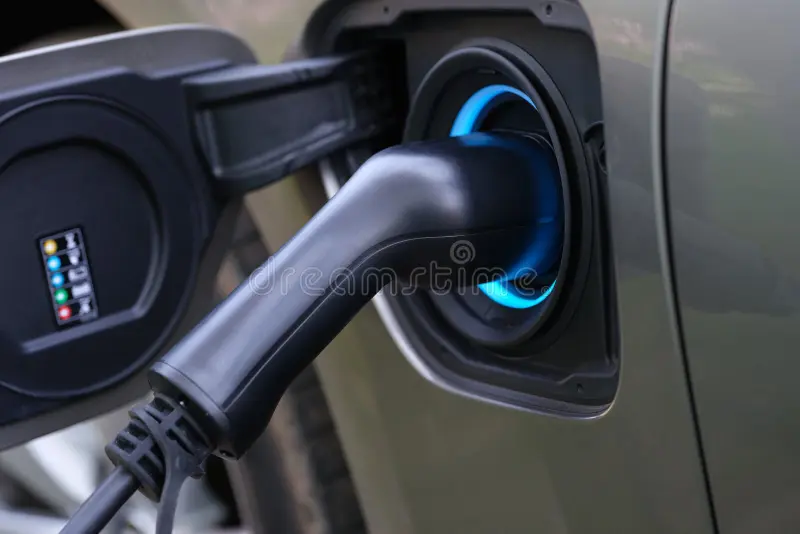
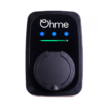

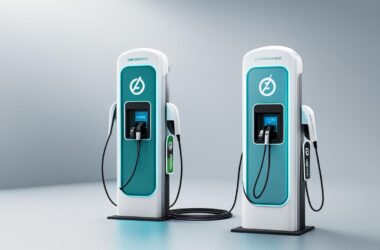
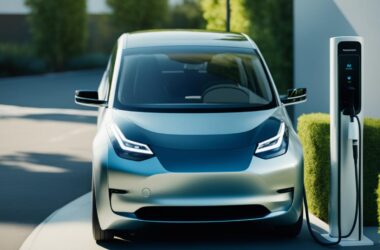
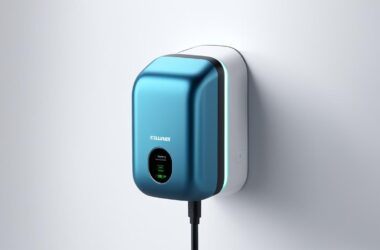
Thank you for sharing excellent informations. Your web-site is so cool. I’m impressed by the details that you have on this site. It reveals how nicely you perceive this subject. Bookmarked this web page, will come back for more articles. You, my pal, ROCK! I found just the info I already searched everywhere and simply couldn’t come across. What a great site.
Absolutely indited articles, regards for entropy.
I’m no longer certain where you are getting your information, however great topic. I needs to spend a while finding out much more or figuring out more. Thanks for fantastic info I was searching for this information for my mission.
Hi there, i read your blog occasionally and i own a similar one and i was just wondering if you get a lot of spam responses? If so how do you stop it, any plugin or anything you can recommend? I get so much lately it’s driving me crazy so any support is very much appreciated.
Hi there very cool site!! Man .. Excellent .. Superb .. I will bookmark your blog and take the feeds additionally…I’m happy to search out so many useful info right here within the put up, we’d like develop extra techniques on this regard, thanks for sharing. . . . . .
Wonderful blog! I found it while browsing on Yahoo News. Do you have any tips on how to get listed in Yahoo News? I’ve been trying for a while but I never seem to get there! Cheers
Thanks for ones marvelous posting! I certainly enjoyed reading it, you are a great author.I will remember to bookmark your blog and will come back in the future. I want to encourage you to continue your great posts, have a nice afternoon!